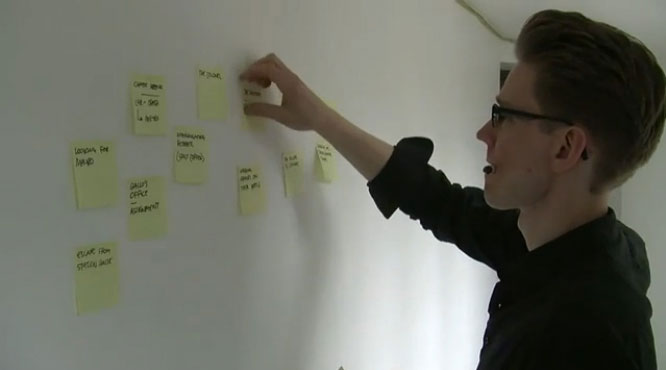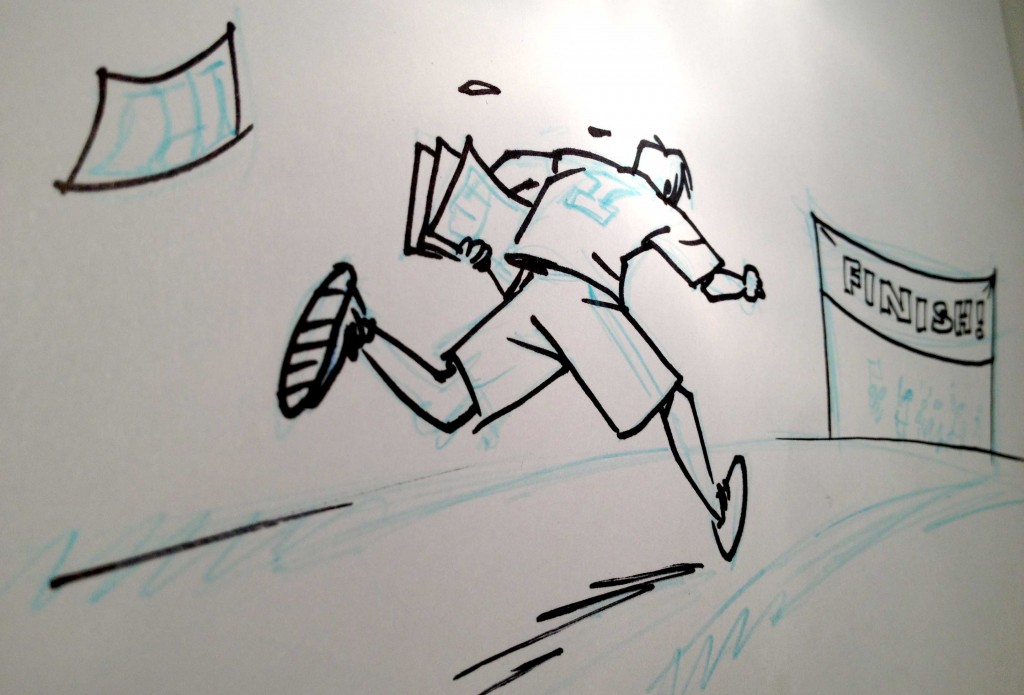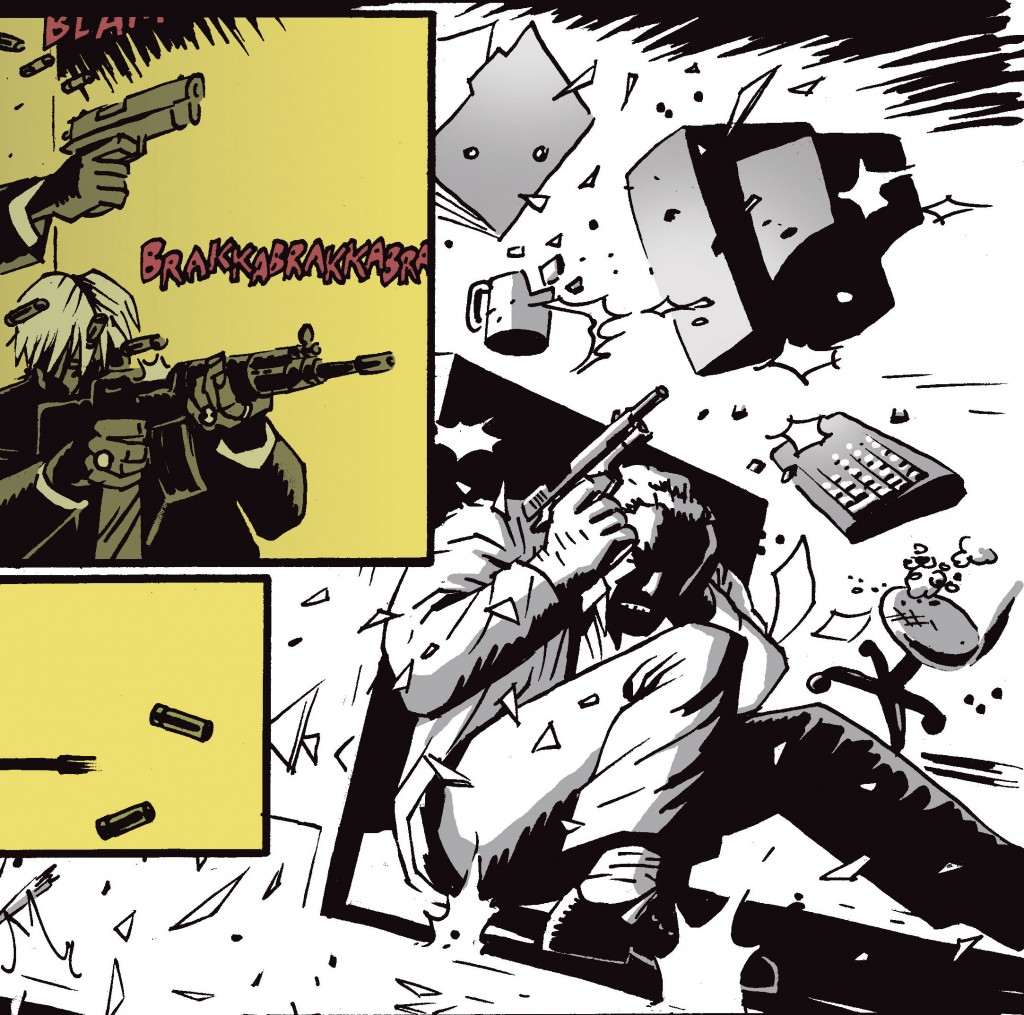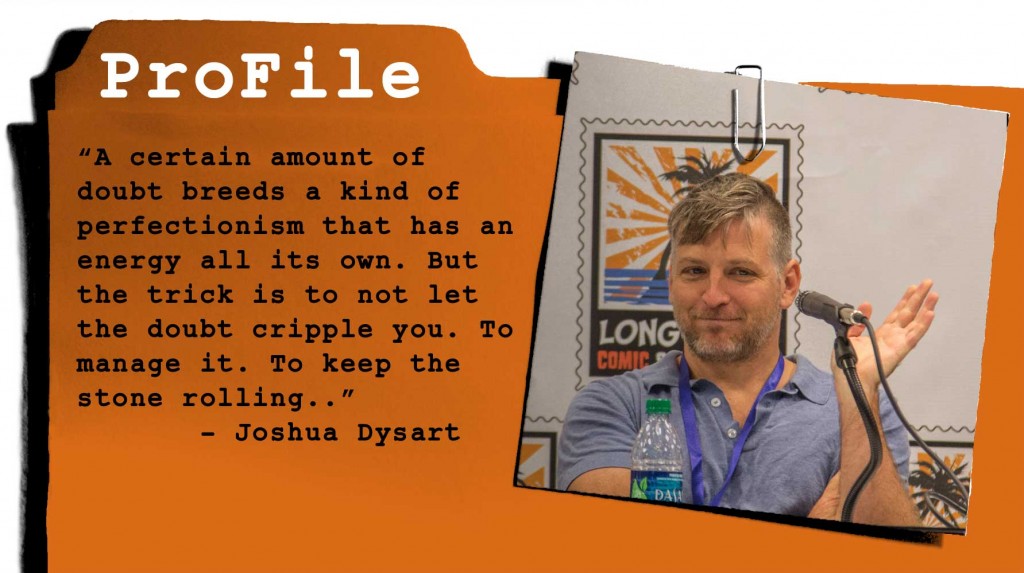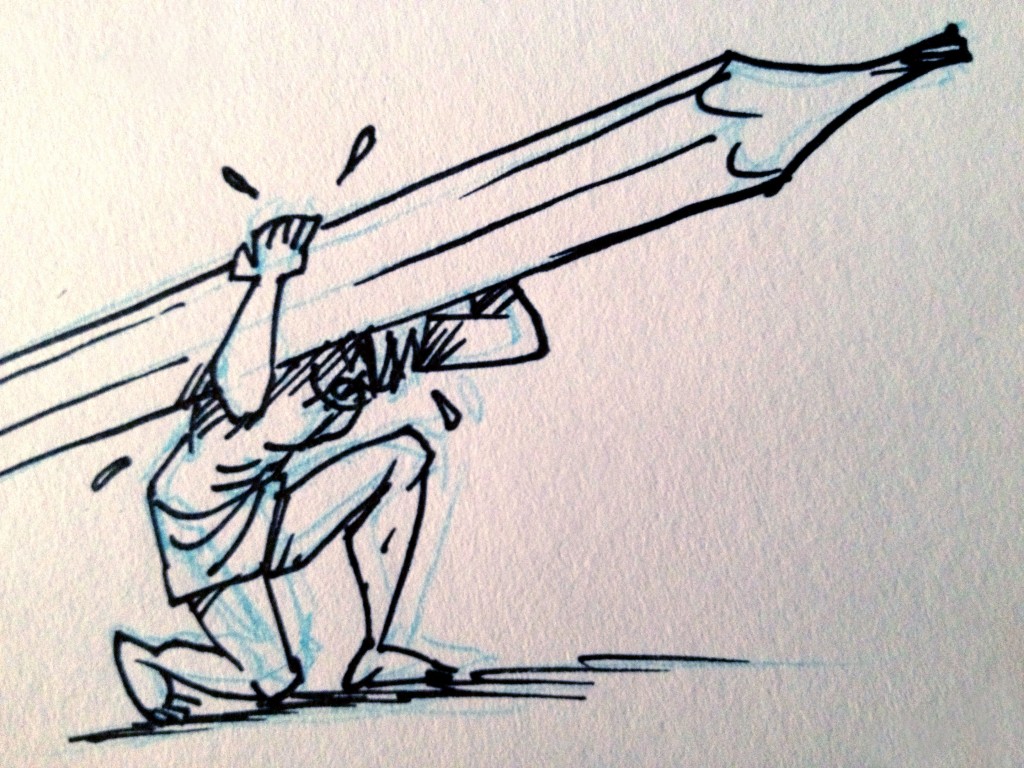Making comics is fun – but also hard and lonely work! What do you do when you are dissatisfied with your story or your art? How do you stay motivated, when no one seems to care? How do you stay on track when you meet resistance from within? I offer some personal advice and insights in this episode.
Mentioned in this episode:
My graphic novel The Devil’s Concubine, which was almost abandoned
My crime noir graphic novel STILETTO finally available in English! Check it out at Thrillbent
Thomas Alsop vol. 1 trade paperback (collects issues 1-4)
